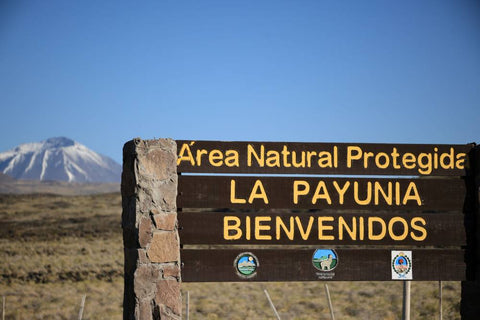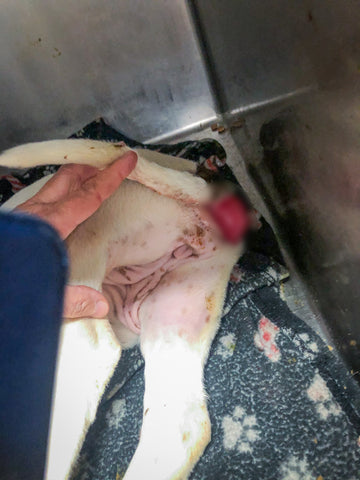In the warm waters off Panama City, Florida, dolphins have long followed fishing boats, drawn by the promise of an easy meal. For one charter captain, this natural behavior became an obsession—and then a crime.
From 2022 to 2023, Zackery Brandon Barfield, a longtime fishing captain, responded to dolphins snapping up red snapper from his clients’ lines not with deterrence or adaptation, but with gunfire and poison. He turned baitfish into deadly traps, lacing them with methomyl, a restricted pesticide known for its neurological effects on animals and humans alike. And when that didn’t satisfy him, he reached for a 12-gauge shotgun and opened fire on dolphins near his vessel, at times with children aboard his boat, NBC News reports.

A Florida fisherman shot and poisoned dolphins in the Gulf of Mexico.
Crimes Hidden in Plain Sight
Barfield’s actions weren’t isolated incidents. He admitted to deploying poisoned bait on multiple trips and to shooting at dolphins during at least two separate charters, People reports. The U.S. Attorney’s Office revealed that as many as 70 dolphins may have been targeted with poison-laden baitfish over several months.
While the motivations may have stemmed from frustration, the execution was systematic. Barfield fed the dolphins toxic bait despite knowing the environmental risks. He used methomyl, a pesticide restricted by the EPA due to its harmful effects on mammals, to sabotage the very ecosystem he worked in. NOAA Fisheries stated that this method of poisoning causes prolonged suffering, depending on the dose, and results in a painful death.
The Marine Mammal Protection Act prohibits harm to dolphins, and the Federal Insecticide, Fungicide and Rodenticide Act governs how such toxic substances may be used. Barfield violated both. What made the acts even more egregious, prosecutors emphasized, was that he committed them knowingly, in front of paying customers and even children, ABC7 reports.

The man targeted dolphins for eating fish off his clients’ lines.
Justice and Consequences
Eventually, it was a tip to NOAA Fisheries that triggered the investigation. Federal agents followed the leads, built a case, and secured a guilty plea from Barfield on three counts: two for the illegal taking of marine mammals and one for the unlawful use of a restricted pesticide. The court sentenced him to 30 days in federal prison, a $51,000 fine, and one year of supervised release. He will also forfeit his firearm, FOX 35 Orlando confirms.
The punishment may seem light considering the scale of the crime and the number of animals harmed. Yet the symbolic weight of the conviction sends a message. NOAA Fisheries highlighted that from 2014 to 2024, 21 dolphins were known to have been killed intentionally with firearms, explosives, or similar tools. Incidents like this one may only scratch the surface, as gunshot-related deaths are often underreported.

Barfield laced baitfish with chemicals during multiple charter trips.
The Vulnerability of Bottlenose Dolphins
Bottlenose dolphins, though not classified as endangered in U.S. waters, face increasing threats from human activity. Entanglement in fishing gear, boat strikes, and illegal feeding all contribute to a mounting list of stressors. NOAA notes that these animals are particularly vulnerable because of their intelligence, curiosity, and proximity to human coastal activities.
The use of toxic chemicals and firearms against them represents a grim escalation of those threats. When someone with professional maritime experience uses his knowledge not to protect wildlife but to destroy it, the damage ripples outward—from injured animals to disrupted ecosystems to tarnished community trust.

Photo: NOAA Fisheries
Seized evidence, a shotgun and pesticide used by Barfield to kill dolphins.
A Community on Alert
Following the sentencing, law enforcement agencies have encouraged anyone with knowledge of similar violations to report them. The NOAA Enforcement Hotline and the EPA’s National Response Center remain open to tips.
In Panama City’s charter fishing community, the case is a sobering reminder of the responsibilities that come with navigating protected waters. Dolphins are more than local attractions. They’re intelligent, social beings that rely on consistent environmental protections to survive alongside a growing human presence.
Barfield’s punishment will pass. But the dolphins he harmed—those who suffered or died unseen—are part of a deeper reckoning with how we choose to treat the wild lives that share our coasts.
Click below to take action for dolphins.



















